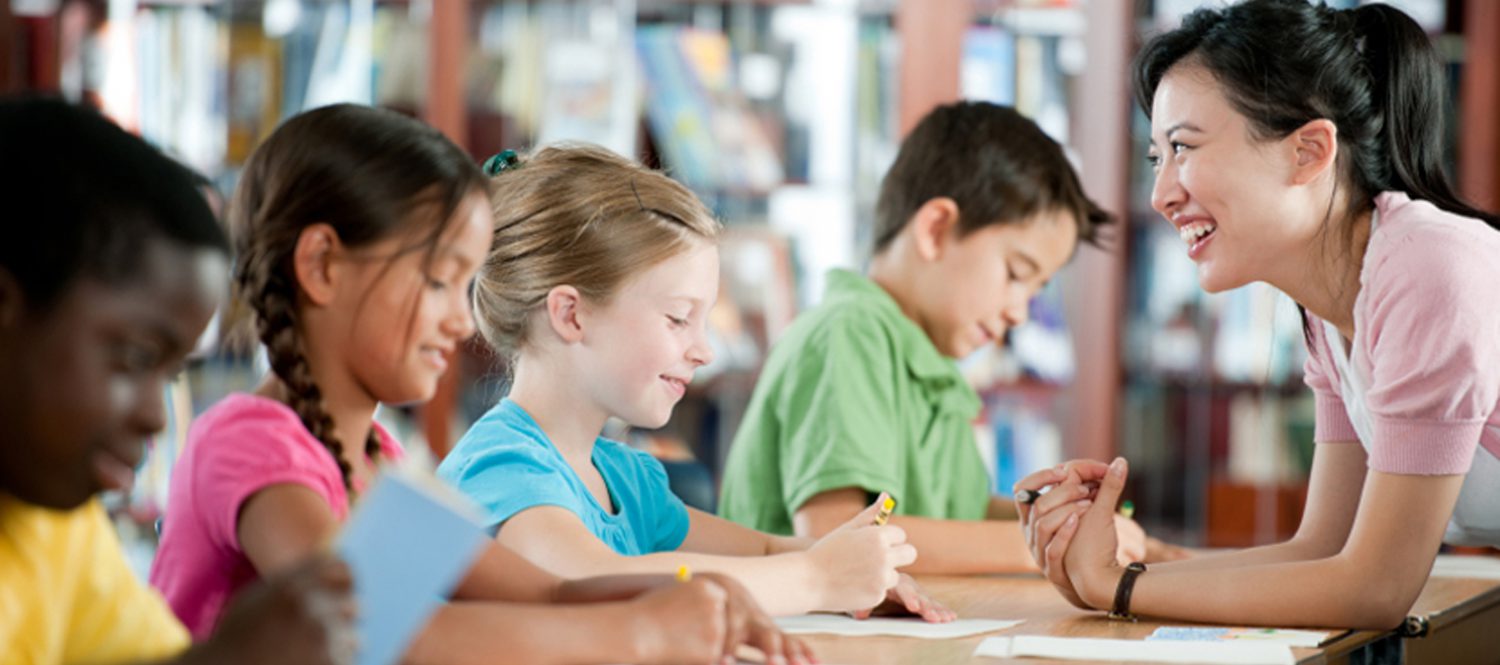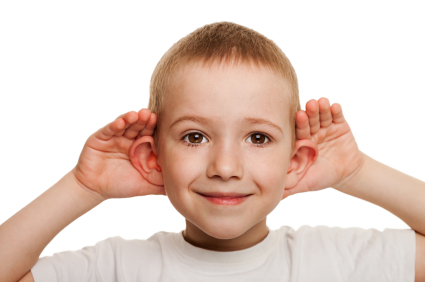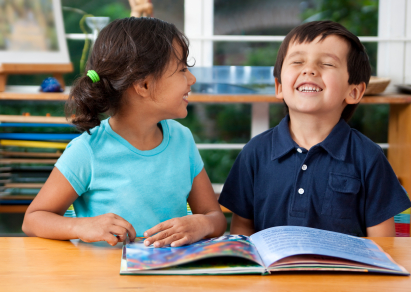Most children are active learners. This means they can’t sit still during classes; they do best with extra-curricular activities and they easily get bored with plain reading. These types of learners are called Kinesthetic Learners. Kinesthetic learners understand information through
5 Tips to Study Effectively for Kinesthetic Learners





